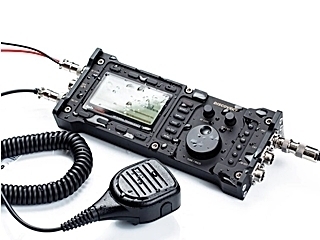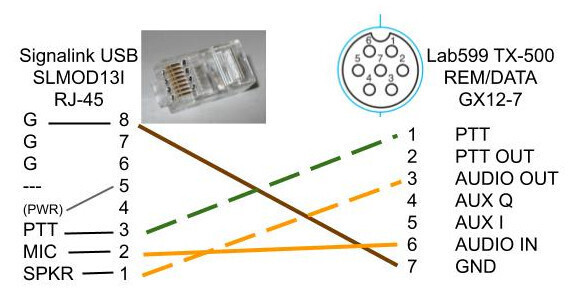Looking forward to QRP

Work is continuing on my new web-based logger program, but in the meantime I’ve gotten more serious about putting together a kit for SOTA and POTA activations. SOTA combines ham radio with hiking, so everything needs to be rugged, small and lightweight. Low-power QRP gear is popular in this arena, and I’m excited to have placed a pre-order for my first QRP transceiver: the Lab599 Discovery TX-500.
Some things that exited me about the TX-500 are its SDR architecture, large panadapter display
(something my IC-718 at home doesn’t even have) and extremely durable and water resistant machined
aluminum case. Reviews from folks like Josh KI6NAZ and Julian OH8STN were very informative about
its capabilities and limitations.
Some have criticized the TX-500 for missing features like a built-in battery, tuner and in-body speaker. And yeah, if I already owned an Elecraft or Xiegu QRP transceiver, it would be hard to justify getting this as a second QRP radio. But I really highly prize the water resistance, thermal considerations and the ruggedness of the case, so I’ll give this a try.

The package is supposed to come with most of the necessary cables to adapt the unconventional water-resistant GX-12 connectors to more standard connectors, like a 3.5mm jack for a CW key/paddles, and an unterminated power cable. The one cable that doesn’t seem to come in the package is the audio cable for digital modes, so I’ve taken a little time to plan out how I’m going to build my own and order parts. The standard audio cable shown in the manual has two 3.5mm plugs for a sound card; I’m used to using the SignaLink USB, so I’m planning a cable for use with that.